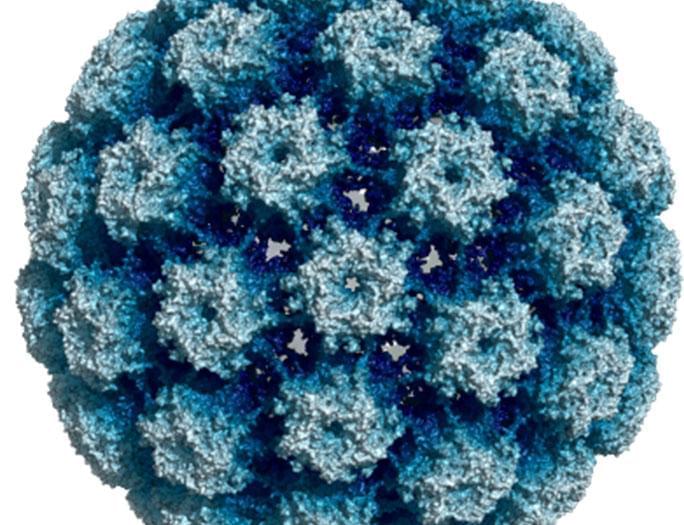Still agi could be a big problem because it could have 1 million iq and we barely have 140 iq maximum.
AI researcher Geoffrey Hinton, widely regarded as the “Godfather of AI,” is worried that AI might take over the world one day.



Move over uranium, the Milky Way’s oldest stars have bigger and better elements to make.
A group of researchers from across the United States, Canada and Sweden have discovered ancient neutron stars might have created elements with atomic mass greater than 260.
With an atomic mass of 238, uranium is the heaviest naturally occurring element known on Earth, though others like plutonium have been found in trace amounts due to reactions in uranium deposits.

The Strange Order of Things by Antonio Damasio review – why feelings are the unstoppable force.
Nietzsche would have given four cheers for this intricately argued book, which is at once scientifically rigorous and humanely accommodating, and, so far as this reviewer can judge, revolutionary. Antonio Damasio, a professor of neuroscience, psychology and philosophy, sets out to investigate “why and how we emote, feel, use feelings to construct our selves … and how brains interact with the body to support such functions”. We are not floating seraphim, he reminds us, but bodies that think – and all the better for it.
From Plato onwards, western philosophy has favoured mind over “mere” body, so that by the time we get to Descartes, the human has become hardly more than a brain stuck atop a stick, like a child’s hobbyhorse. This is the conception of humanness that Damasio wishes to dismantle. For him, as for Nietzsche, what the body feels is every bit as significant as what the mind thinks, and further, both functions are inextricably intertwined. Indeed, from the very start, among the earliest primitive life forms, affect – “the world of emotions and feelings” – was the force that drove unstoppably towards the flowering of human consciousness and the creation of cultures, Damasio insists.

DCEG researchers are testing one-dose HPV vaccination and creating new cervical cancer screening approaches that are effective and efficient. For high resource settings, the investigators are designing a quick and cost-effective HPV genotyping assay to improve the detection and management of cervical cancer.



An exploration of the hard science fiction ways a zombie apocalpyse might become a reality. My Interview with Dr. Travis Langley https://youtu.be/tgEITq1puc0?…
Share your videos with friends, family, and the world.